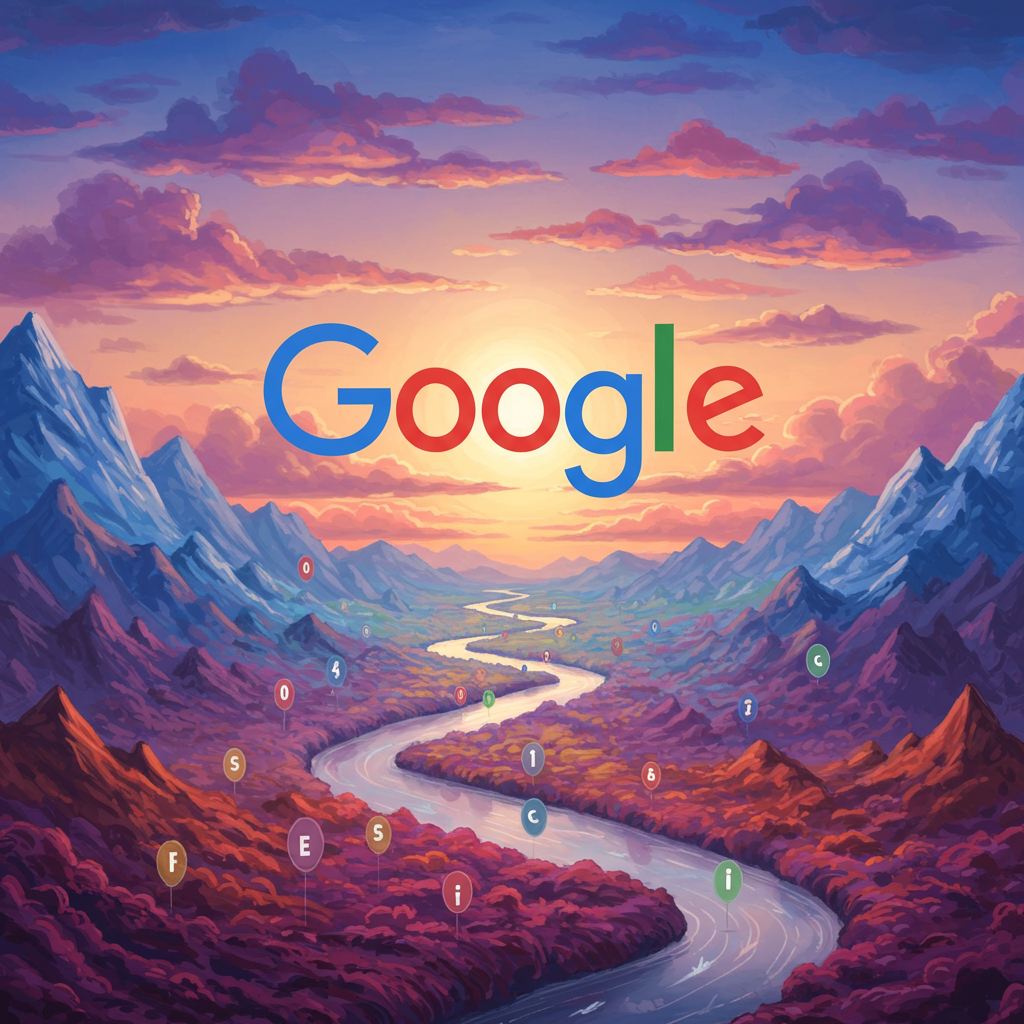Summary for Imagen 3.0
Imagen 3.0 presents itself as a highly capable all-rounder with a Leaderboard Overall Score of 7.39, positioning it competitively against other top-tier models. It demonstrates exceptional strength in anatomical rendering—often a stumbling block for AI—and photorealistic portraiture.
🚀 Key Findings
- Anatomy Specialist: It is one of the strongest performers in Hands & Anatomy, achieving an impressive category score of 8.1.
- Safety Sensitivity: The model has a strict safety filter, resulting in 3 refusals specifically for prompts involving children (e.g., Toddler with curly hair), which users must navigate.
- Text Capabilities: While capable of rendering simple, short text (like signs), it struggles with complex layouts and often hallucinates gibberish in background elements.
- Stylistic Range: It performs well in Ghibli style and Architecture & Interiors, though it occasionally defaults to 3D rendering for 2D requests.
Quick Verdict: Use Imagen 3.0 for high-end stock photography of adults and anatomically complex scenes. Avoid it for generating images of children or complex graphic design layouts requiring extensive legible text.
General Analysis & Insights
Imagen 3.0 exhibits a distinct operational profile characterized by high technical polish but rigid safety constraints.
1. Strengths: Anatomy and Lighting
Unlike many competitors that struggle with fingers and limbs, Imagen 3.0 excels in Hands & Anatomy. Generations like Hand holding apple and Drawing Sketch received near-perfect scores for anatomical correctness and texture fidelity. The model consistently applies high-quality lighting (often "golden hour" or cinematic), contributing to high scores in Photorealistic People & Portraits.
2. Quality Factors: The "Perfect" vs. "Plastic" Trade-off
While technical quality is high, a recurring critique in lower-scoring images is a "waxy" or "plastic" skin texture. For example, the Heterochromia Portrait and Runner Action Shot were penalized for lacking organic skin irregularities, making them look like 3D renders rather than photos. However, when it hits the mark, such as in the Elderly Woman Portrait, the realism is outstanding.
3. Failure Modes: Text and Logic
- Text Rendering: The model succeeds with focused, short text like the Neon Sign or Stop Sign. However, it fails significantly when asked to integrate text into complex designs, producing gibberish in the Movie Poster and Magazine Cover.
- Logic & Coherence: In the Ultra Hard category, the model struggled with complex logical constraints. Notably, for the Astronaut and Horse prompt, it reversed the roles (astronaut riding horse vs horse riding astronaut), indicating a bias towards training data norms over specific prompt logic.
4. Safety Filters
The model has aggressive safety filtering regarding minors. Prompts asking for a Toddler, a School Classroom, or Kids playing resulted in failures. This creates a significant usability gap for family-oriented or educational content creation.
Best Model Analysis by Use Case
📸 Photorealism & Stock Photography
Recommendation: Highly Recommended (for adults)
Imagen 3.0 is a powerhouse for creating realistic people, provided the subjects are adults. Use it for portraits, fashion shots, and professional headshots.
- Best Example: Elderly Woman Portrait (Score: 9/10) - captures mood, lighting, and detail perfectly.
- Watch Out: Avoid prompts that might trigger the "plastic skin" effect by explicitly asking for "detailed skin texture" or "pores" in your prompt.
🫱 Anatomy & Gestures
Recommendation: Excellent
If your project involves close-ups of hands, complex poses, or interactions (handshakes, holding objects), this model is superior to many alternatives.
- Best Example: High-Five - perfectly rendered interaction.
🎨 Artistic & Anime Styles
Recommendation: Good
The model handles Anime & Cartoon Style and Ghibli style well, capturing the atmosphere effectively. However, be aware that it might interpret "style" prompts as "3D renders of that style" rather than 2D flat art, as seen in the Howl's Moving Castle generation.
📝 Graphic Design & Typography
Recommendation: Mixed / Use with Caution
- Use for: Simple logos and isolated signs. The Quantum Leap Logo was a success (Score: 9/10).
- Avoid for: Posters, book covers, or infographics where specific, multi-line text is required. It prone to spelling errors and "hallucinated" gibberish text in these scenarios.
🚫 Restricted Use Cases
- Children & Schools: Due to strict safety filters, do not use this model for prompts involving children, schools, or family scenes including minors. You will encounter refusal errors.
- Logic Puzzles: For surreal prompts requiring strict logical adherence to bizarre physics (e.g., Cloud Elephant), the model may prioritize visual beauty over prompt compliance.
